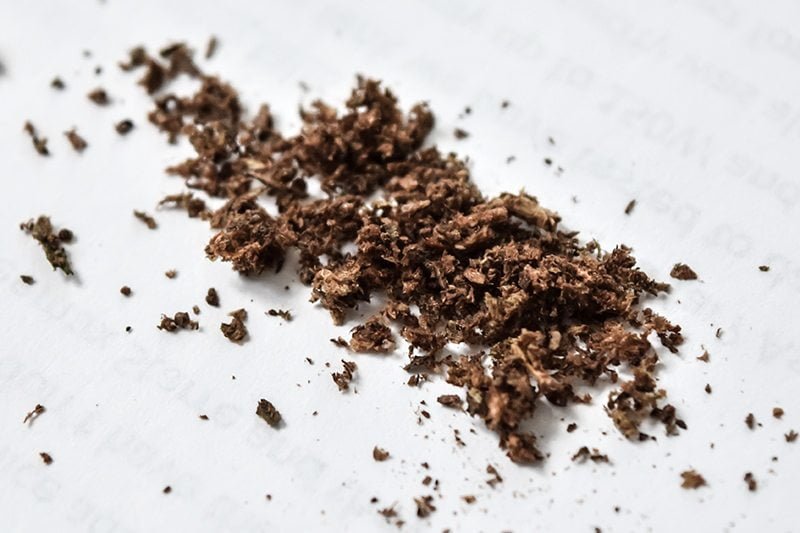No products in the cart.
Uncategorized
Dry Herb Vaporizers – The Ultimate Buyer’s Guide
Did you know that vaping owes its beginnings primarily to dry herbs such as marijuana, chamomile, and others? It’s true – dry herb vaporizers were here first.
We’re talking about hookahs – invented over 15 centuries ago in Mogul (Afghanistan). these primitive waterpipes leave a lot to be desired in a sense that they burn the vaping material in order to produce vapor. Still, there’s no denying they were here first.
And we at the Kind Pen have been striving to make them better for the past 10 years.
Looking For a State-of-the-Art Herb Vaporizer?
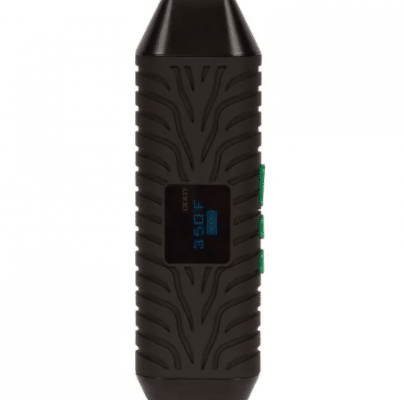
Order TruVa Mini 2.0 Today & Truly Experience Vaping (Click Here)
In modern times, the concept of hookahs was exploited to create vaping (or vaporizing) as a safer alternative to combustion smoking and smoke inhalation.
That’s where dry herb vaporizers come in.
The Pros of Vaporizing
Modern dry herb vaporizers take combustion completely out of the equation. They don’t ignite the herbs – there’s no combustion taking place. The herbs are rapidly heated to a point at which they release their flavors and compounds. When you’re done with vaping, you’ll find that the material you put into the vaporizer is still there, although a bit worse for wear.
How is vaping better than smoking? Well, the following points should give you a clearer picture:
- Vaping reduces respiratory problems
- It allows for better extraction of desirable compounds
- Improved taste when vaping
- Less food cravings and munchies
- Reduces cost in the long run
- Let’s you reuse vaped weed for things like cannabutter
3 Types of Weed Vapes
Since vaping took off and the industry started expanding, we’ve started seeing a whole lot of different devices on the market. However, they are all divided into three categories:
- Desktop vaporizers
- Portable vaporizers
- Vape pens
All three types have their pros and cons. Generally speaking, what you end up vaping with will mostly depend on your personal preferences and vaping style. Of course, we want you to be able to make an informed decision when buying a device, especially if it’s your first one. That’s why we wrote this short (well, short-ish) guide – elementary things you absolutely need to know about vaping dry herbs can be found right here.
Two major differences between these three types of vaporizers are their size and power output. They will still operate on a pretty much the same principle and consist of the same parts (smaller or bigger, depending on the type).
The parts are:
- Mouthpiece
- Heating chamber (botanical chamber)
- Battery-heating chamber connector
- Battery
Let’s take a look at them.
Tabletops
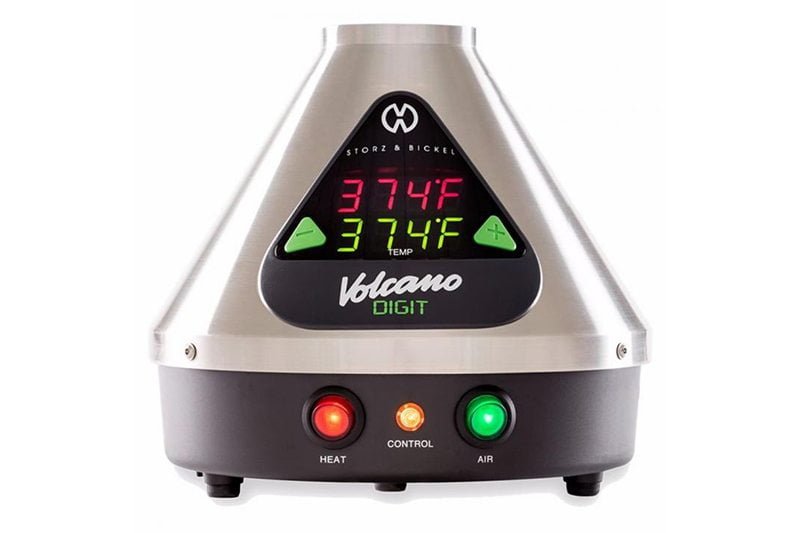
Desktop vaporizers were the first to hit the market. They’re designed for home use and for vape sessions involving more people. Since they are bigger in size, they can usually fit more dry material and produce more power in order to evenly heat up that material.
Desktop vaporizers have a lot of good points but one thing stands – they can be slightly complex to handle and are clunky: there’s no way you would ever consider lugging them with you. They’re good for home vape sessions but that’s it. Their delivery method also depends on the manufacturer. Some have balloons that attach to the unit and are filled with vapor that’s then inhaled. Others feature a small hose called a whip that connects to the unit for direct inhalation.
- Great for home use and extended vape sessions involving more people
- Bigger units with larger botanical chambers
- Corded or battery-powered
- A variety of vapor delivery methods
Handheld Vapes
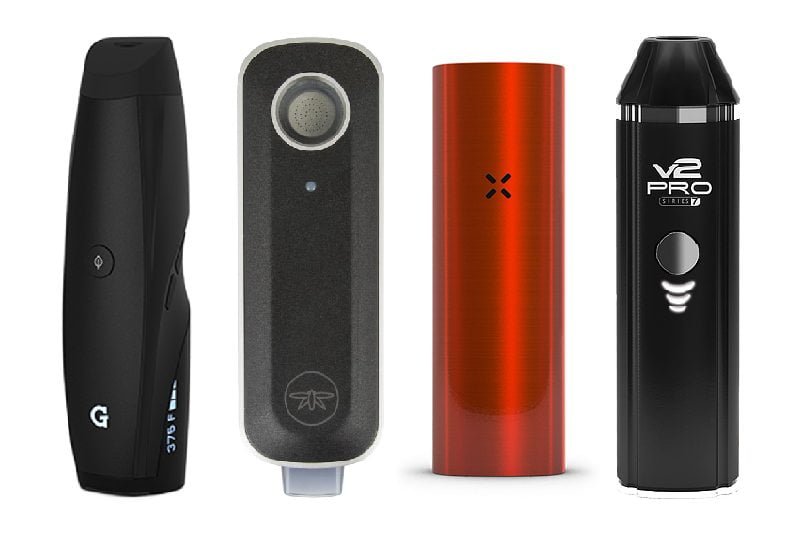
Since desktop vaporizers are limited by their size, manufacturers set out to create smaller versions intended for personal use. These are called portable vaporizers. They still operate pretty much the same as desktop vaporizers but can fit in a palm of the hand.
- Personal use dry herb vaporizers
- Battery-operated
- Easy to handle and use
- Smaller botanical chamber
Pens
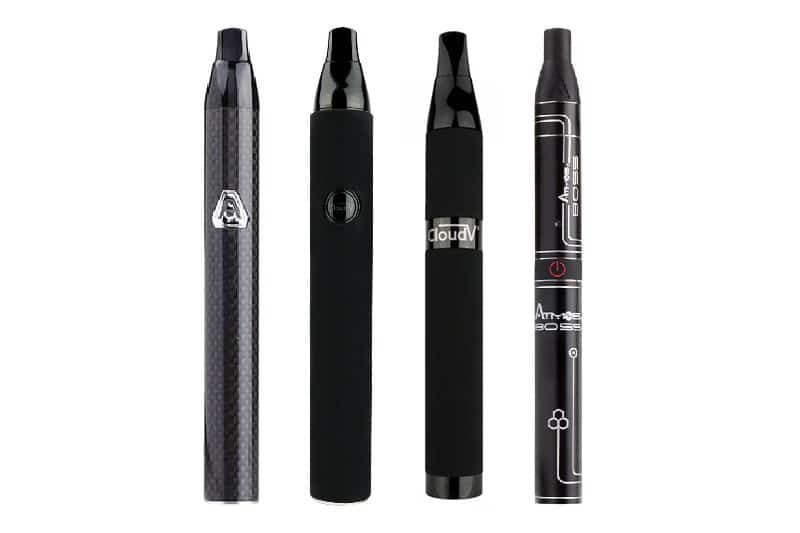
Of course, in a society focused on getting things smaller and smaller (remember PC computers? – vaguely, right?), it was only a matter of time until portable vaporizers started being considered too big by some. So, a dry herb vape pen was born (still sometimes misnamed as weed vape pen even though it can be used to vaporize a variety of dry herbs).
A dry herb vape pen is very small but can be used discretely by people who want to be able to vape on the go. There are several types of vape pens but keep in mind that the best ones are what we call ‘true dry herb vape pens’ – the ones that cook the herbs instead of burning them.
- Small, portable, and easy to conceal – great for stealth vaping
- Battery-operated
- Small botanical chamber – individual use
- Extremely easy to use
- Few parts so don’t break (and easy to fix)
- Vape pens of some brands (namely, The Kind Pen) pack great features
If you want to learn more about using weed vape pens <- click and read that guide.
Manufacturing Materials – Why They Matter
Short answer – yes, it matters a lot. Dry herb vaporizers can be made using a variety of materials. Their quality (and the quality of your vape) will largely depend on which materials were used in construction. Overall, manufacturers may choose to use the following four materials: glass, PVC/silicone, plastic, or metal. Of course, manufacturers will combine different materials when designing and manufacturing their vaporizers. Here’s what to expect from each of them.
Glass
A popular material used in the production of high-end desktop vaporizers, glass has a very high melting point so there’s no danger that it’s going to get damaged. Also, glass doesn’t color the flavor as some of the other materials do so you’ll get a clean, rich flavor when vaping. On the other hand, it’s not a very prudent investment for clumsy people. Vaporizers with glass parts are expensive and they will break if manhandled.
- Easy to clean
- Untainted flavor
- Aesthetically pleasing
- Breaks easily
- Pricey investment
PVC/Silicone
Go to materials for making tubing and mouthpieces. They’re both durable and cheap but also have a downside – actually, they has two. Both materials are pretty difficult to clean and maintain, which can cause problems. Also, both give off a slight odor, especially when brand new. The odor goes away with time but it will tamper with the flavor at the beginning.
- Very affordable
- Durable and won’t break easily
- Will require frequent changing – materials difficult to clean
- Odor colors the flavor
Metal
Metal vaporizer components are usually made from stainless steel because it has a very high melting point. Vaporizers using SS are very durable and sturdy – these parts are difficult to break. Also, metal doesn’t give off any odor that might color the flavor. That’s why it’s a good idea to always look for vaporizers that at least have a botanical chamber made from stainless steel.
- Long-lasting and durable
- Doesn’t impact the flavor
- Need careful maintenance (don’t use abrasive cleaning materials)
Plastic
Plastic vaporizer components are made from compounds called PPS, PP6, PEEK – these are complex plastics that we won’t go into here but suffice it to say that they tolerate heat well (melting points above 230 C). They are difficult to break (definitely not as fragile as glass) and don’t have any measurable impact on flavor (unlike PVC or silicone).
- Affordable
- Doesn’t break easily
- No impact on flavor
- High melting point
- Light and easy to carry
- Require careful cleaning
Taking everything said into consideration, it’s pretty clear that you should avoid dry herb vaporizers using PVC or silicone parts. Everything else gets a green light and your choice will depend on your preferences and your wallet. The most price-to-quality ratio stars, however, get vaporizers made from plastic and metal.
A Word About Features
Varied.
I did promise a word, right?
Kidding aside, dry herb vaporizers usually have a lot of features, especially new ones that are coming on the market. As manufacturers compete, they bring more and more to the table. We’re all for it – competition drives innovation. However, all those features can also be confusing to beginner users.
We’ll focus here on the three main ones:
- Heating method
- Temperature Control
- Ease of use
Heating Method
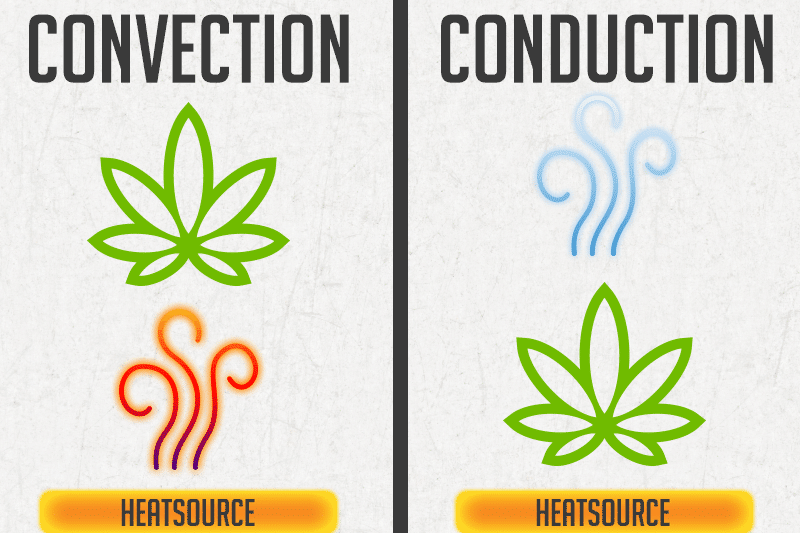
When considering the heating method, you have three choices:
- Conduction – the herb is in direct contact with the heat. This results in loss of flavor and can potentially lead to herb combustion if the temperature is too high.
- Convection – herb ‘cooked’ by the air coming from the heating element. Results in better flavor and no burnt taste since there’s no direct contact with the heat element.
- Induction – works on the same principle as induction cookers. Still not a mainstream heating method but produces great flavor without hot spots and burns.
Temperature Control

Temp control is an important feature that you need to consider. Because – surprise, surprise – there actually IS a right temperature for weed vaping.
Temp control and range will determine what kind of herb you can vape in your vaporizer. When we take this as criteria, we can talk about three different dry herb vaporizer types:
- One pre-set temp setting – turn on the device and what you see is what you get. This type of vaporizers have one temp setting and there’s no way to change or adjust it.
- Several pre-set temp settings – the manufacturer was kind enough to give you a limited choice. There are several factory temp settings you can switch between.
- Complete temp control – A range of temp settings is available via an OLED display. This allows you to vape different kinds of herbs using one vaporizer.
Ease of Use
In an effort to pack a lot into a small (or a little bigger product) some manufacturers can go a bit overboard. Adding a lot of ‘bells and whistles’ to a vaporizer can seriously compromise its usability. Some of those additions can be downright confusing and don’t add much to the whole vaping experience. Not to mention the fact that the more parts you have on there, there’s a higher probability of something getting busted as the time goes by.
Rule of thumb – invest only in dry herb vaporizers that are:
- Uncomplicated and simple to use – an instruction leaflet is fine, booklet is not.
- Easy to maintain and clean – 10 minutes spent cleaning is okay; an hour – not so much.
Essential Accessories
There aren’t all that many accessories you’re going to need with a dry herb vaporizer. However, we suggest you do pick up several key items that are going to make your life easier.
These include a grinder, a herb box, and a cleaning kit. A grinder will help you get that uniform grind for superior vaping experience while a quality herb box is great for storing your herbs safely. A quality box also extracts moisture so your herb is ready for vaping whenever you are. A good cleaning kit always comes handy – even though you can use regular kitchen stuff to clean your vaporizer, a professional kit will make the job a lot easier.
Conclusion
This guide gives you a pretty clear idea of what to look for in a good vaporizer. Whether it’s a desktop vaporizer, a portable one, or a vape pen – the principles are the same and we’ve covered pretty much all the basics here.
You’re welcome!
If you have any questions, don’t hesitate to drop down to the comments and give us a shout. We hope you’ll find our advice useful and that it helps you make an informed decision. Remember – if you’re looking for a personal vape pen, check out our collection of quality gear right here.


